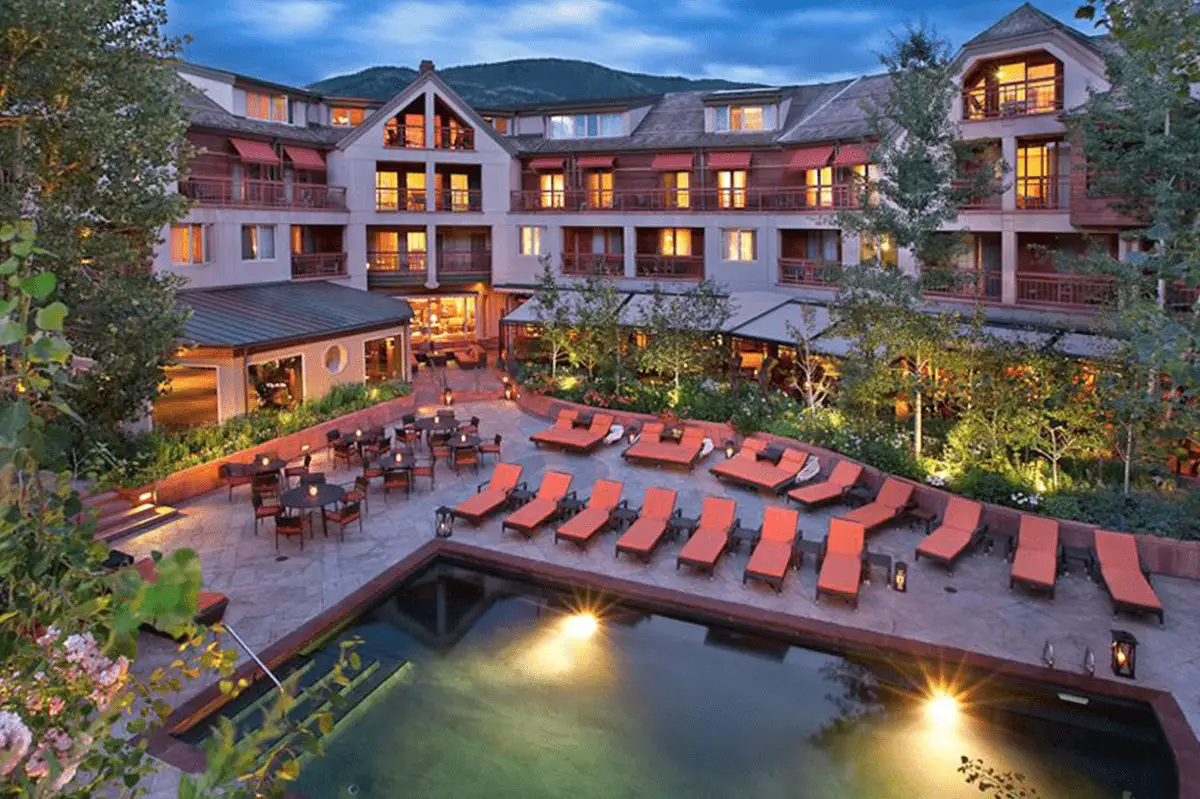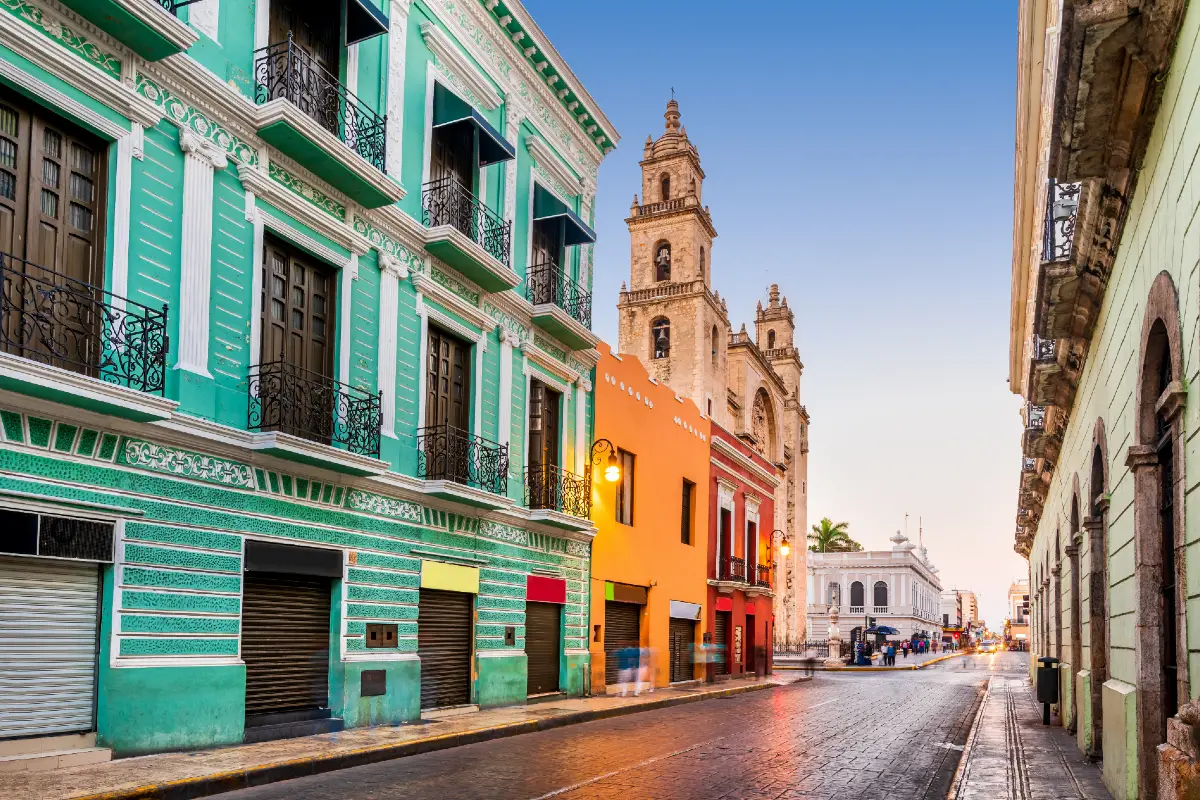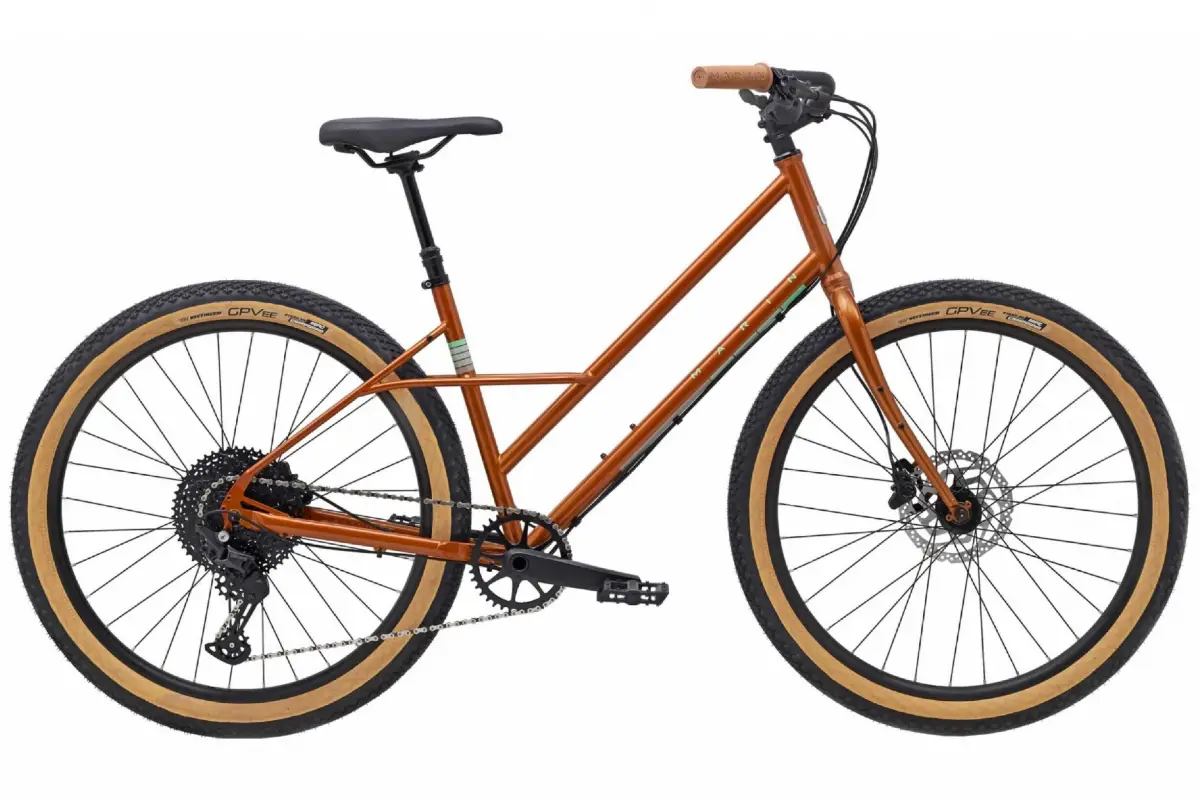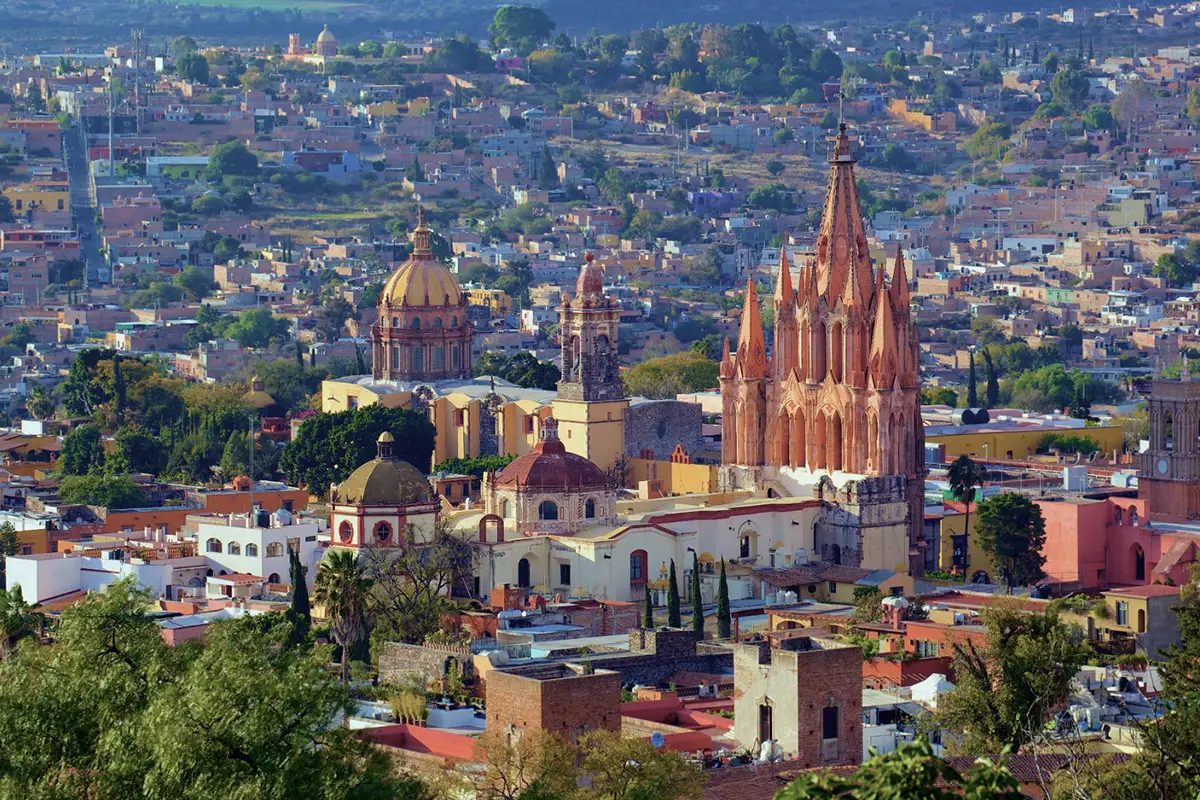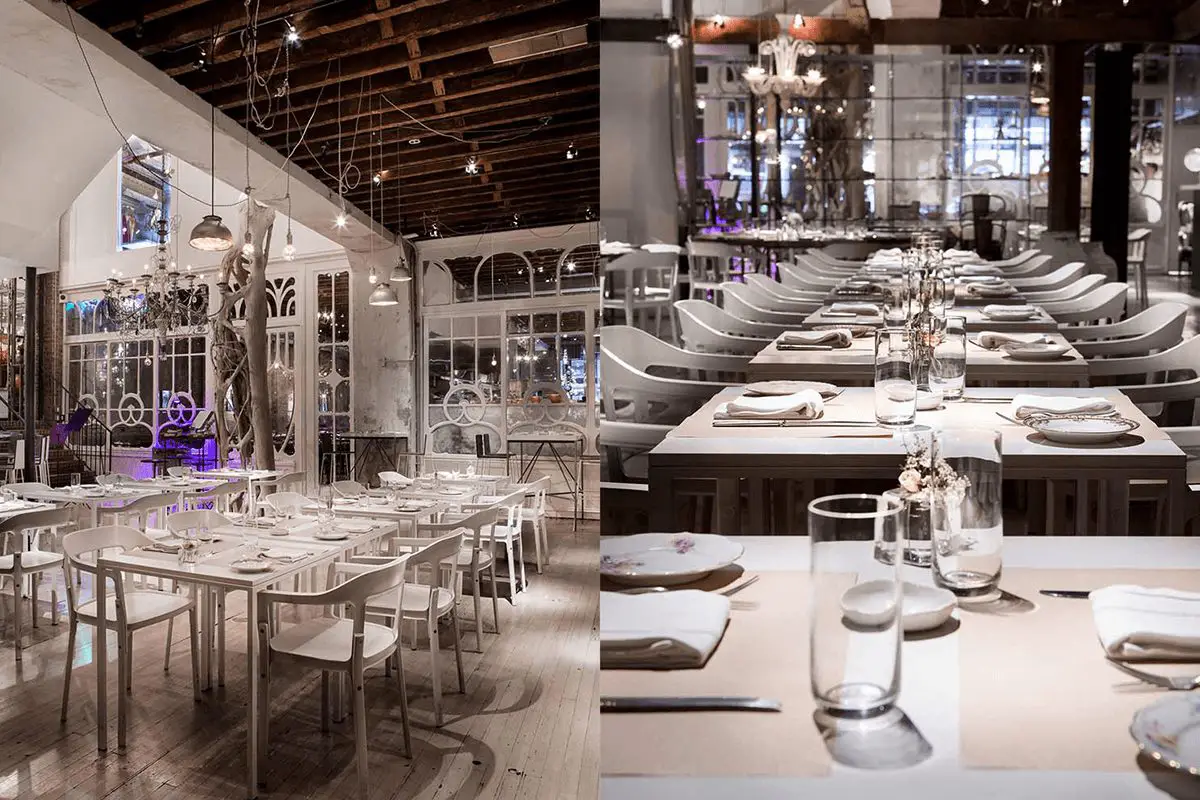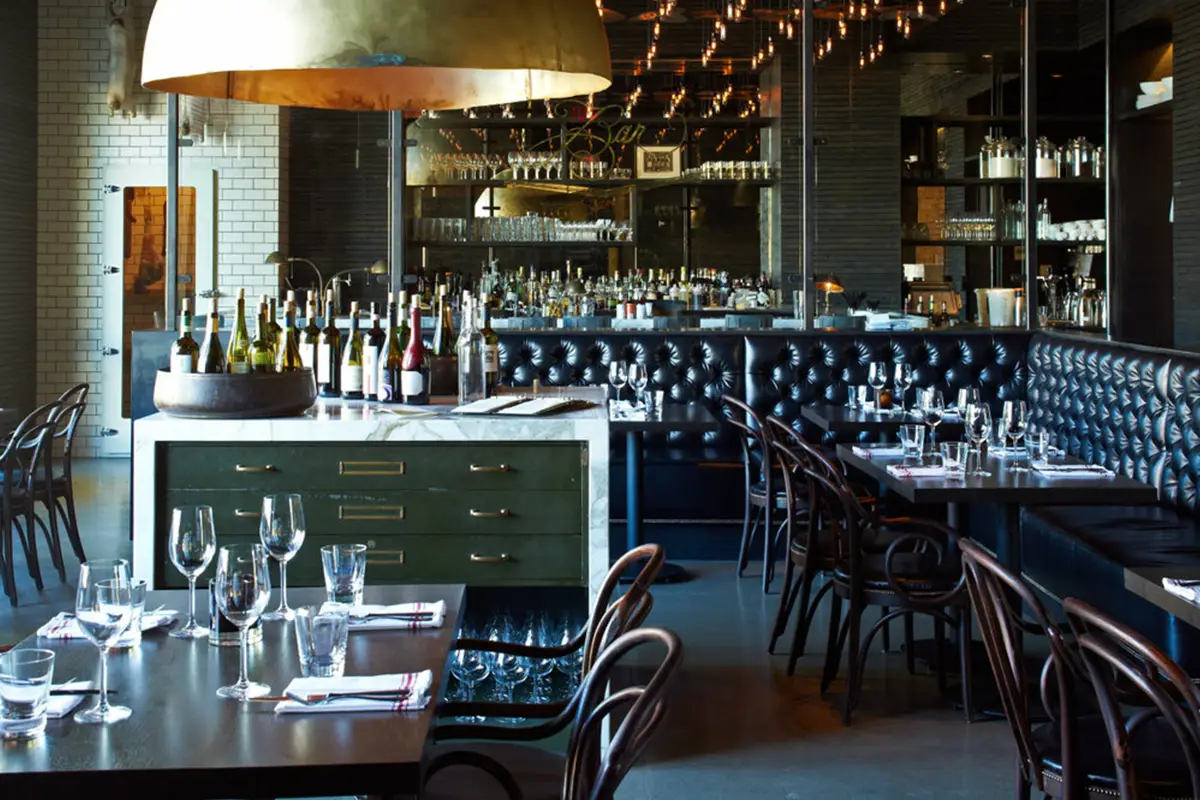There are certain bragging rights that come with riding my beat-up used bike as I slalom between the trucks and taxis in New York City. Last July, however, I decided to exchange the exhaust of Manhattan’s avenues for the pristine air of the Rockies and my $200 Taiwanese ten-speed for a state-of-the-art Orbea road bike as I put my vacation in the hands of the “adventure concierges” at Aspen’s Little Nell.
 Yucatan Three Ways
Yucatan Three Ways
As we dip our toes back into travel after a year of social distancing, it may feel hard to decide where to go and what to do first. Does a beach vacation sound most appealing or would you prefer an urban getaway focused on shopping, dining, and culture? Perhaps an escape to the country and days of waking to birdsong, dining on farm fresh meals, and exploring small towns is the trip you are dreaming of.
Mexico’s Yucatan Peninsula makes the process of picking a destination easier, as you can choose from all three of these holiday options in one place. It also offers the convenience of flying into and out of Cancun, with flights from more than a dozen American hubs. After you land, you just have to decide whether to drive south, to the beaches along the Riviera Maya; west, to the lively and charming capital of the state of Yucatan, Mérida; or into the countryside, for a stay at a sprawling hacienda reborn as a luxury hotel.
Escape to the Seashore
With its dramatic Maya ruins sitting atop a bluff overlooking the Caribbean and its small resorts strung along the sea, it’s not surprising that Tulum has become a favorite of those travelers looking for beach time in the winter but who aren’t interested in the mega-resorts of Cancun.

The plus of Tulum’s emergence as a destination has been the opening of new hotels and restaurants that have transformed what was once a sleepy backpacker destination into a decidedly stylish one.
Getting There: From Cancun it’s a straight shot south on a well-maintained highway. If you are driving, expect the journey to take between 90 minutes to two hours. There are also buses and shuttles, though renting a vehicle will give you the freedom to explore some nearby sites like the Sian Ka’an Biosphere and the Maya ruins at Coba, a much larger complex than the one in Tulum.
Where to Stay: Olas Tulum is a small B&B that has a very Tulum-like boho-chic atmosphere and attitude. A plus is that it is to the south of most of Tulum’s hotels—you can enjoy the quiet of the location for naps on the sand in the afternoon but when cocktail hour comes around it’s a short walk to Tulum’s other bars and restaurants.
Don’t Miss: Make sure to have at least one meal at Hartwood Tulum which helped lead Tulum’s transition from modest beach town to jet-setter destination. Chefs and owners Eric Werner and Mya Henry opened the restaurant in 2010 and it has made its way on to many “best-restaurant” lists thanks to dishes featuring farm-fresh produce from the Yucatan and seafood straight from the Caribbean in simple preparations that let the ingredients shine.
Country Living
Much of the Yucatan peninsula is dotted with haciendas that used to produce henequen (a fiber that is, in English, more commonly called sisal, after the port of Sisal where much of it was exported from). Sisal was essential to rope-making and huge fortunes were made growing the crop. The Mexican Revolution and, more importantly, the invention of nylon led to the bust of that boom though today many haciendas are enjoying second lives having been reborn as luxury hotels where you can spend days lounging by pools or visiting off-the-beaten path villages, convents, and Maya sites. You’ll fall asleep each night to the captivating sounds of the jungle wildlife at night.
Getting there: There are haciendas throughout the peninsula, though there tend to be more of them in the states of Yucatan and Campeche (on the northern and western sides of the peninsula—Quintana Roo, where Cancun is located, runs along its eastern side). You’ll want to rent a car if you intend to spend your days exploring the backroads, but most haciendas will happily arrange for transfers to their properties if you intend to spend your days relaxing on the grounds.

Chablé Yucatan
Where to Stay: Chablé Yucatan is the most luxurious of the reborn haciendas, though most accommodations there are in newly built free-standing casitas while the historic buildings house common areas, lounges, and restaurants. Hacienda Petac is an appealing smaller hacienda that is rented exclusively to one group at a time and can accommodate up to 14 guests. Marriott’s Luxury Collection includes five beautifully restored haciendas.
Don’t Miss: The Maya sites of Chichen Itza and Coba are world-famous, and the crowds at them are evidence of that. An advantage of a stay at a hacienda, however, is that it’s easier to visit some of the less-popular Maya sites. Uxmal, which is just over an hour south of Mérida, is one of the most magical of them. It is built in the so-called Puuc style which is known for being more decorative than other Maya styles with intricate carved geometric patterns and designs.

A City Escape
Mérida, the capital of the state of Yucatan (and the largest city on the Yucatan peninsula) has emerged in recent years as one of the most exciting cities in Mexico. It has long been known for its laidback pace and impressive collection of historic buildings spanning the 16th to 19th centuries (within Mexico, only Mexico City has a larger historic district). Now the city can also boast about its lively dining and shopping scene, supported by both a growing expat community and travelers who have discovered Mérida’s appeals.
Getting There: Mérida is roughly 3.5 hours from Cancun on a toll road. The colonial town of Valladolid and the Maya ruins at Chichen Itza are appealing stops en route. (It is also possible to fly to Mérida directly.)

Where to Stay: Mérida has an abundance of rental properties in historic homes that have been lovingly restored and you will want to check out the options on AirBnB and VRBO. If you prefer a hotel, the recently opened Wayam has a cool, contemporary style and also one of Mérida’s best new restaurants, Cuna, which serves delicious updated takes on Yucatecan cooking.

Don’t Miss: Mérida is not only a state capital but a culinary one too. It’s a place to sample both street food like the simple tacos served at stands at the Santiago Market (a small neighborhood market that is less intimidating than the central one) to the innovative Mexican cuisine of Picheta which overlooks Mérida’s cathedral and central square.
—John Newton, Founder, Signal Custom Content. (John previously worked as an editor at AFAR, Condé Nast Traveler, and Travel+Leisure and has written travel stories for many other publications and websites.)
 8 Commuter Bikes To Get You Back To The Office in (Eco) Style
8 Commuter Bikes To Get You Back To The Office in (Eco) Style
As the world enters a new reality and many of us are returning to our offices, it’s a good moment to reinvent your commute. Whether you are on a hybrid schedule or at a desk every day, a bicycle can bring an element of joy (along with its health and environmental pluses) to getting back out into the world again.
Here we have gathered some of our favorite commuter bikes in a variety of styles and functions—folding bikes, cruisers, hybrids, gravel bikes and even some e-bikes, for those riders who would like a little help on any hills. While many of the bicycles gathered here are top-of-the-line models that will give you years of smooth rides, we have also included a few budget-friendly alternatives.
Best all-around e-bike: Cannondale Adventure Neo ($2700)

The history of e-bikes, or electric bicycles, is almost as long as the history of bicycles themselves. In the 1870s and 1880s, inventors were devising ways of connecting batteries to bicycles. Issues around batteries—above all their weight—meant that many designs remained on paper, but advances in technology especially pedal assist designs, have led to a boom for e-bikes. One source estimates that there will be 40 million e-bikes on roads around the world by 2023.
For commuters e-bikes offer some assistance when necessary. On flat stretches you can rely on pedal power while on hills or anywhere else you want a little extra help, just add a little juice. The Cannondale Adventure Neo seamlessly incorporates its battery into its lightweight step-through aluminum frame. The Bosch battery has a life of up to 65 miles and can provide 20 mph of assist. It’s ideal for both errands in the city and weekend rides.
Best budget e-bike: Propella’s Single-Speed Drivetrain ($1099)

E-bikes as a rule are serious investments and even the least expensive will be more expensive than conventional bicycles. Propella’s Single-Speed Drivetrain isn’t as sleek as the Cannondale Adventure Neo, and its battery’s range is more limited (between 20 and 38 miles) but it is relatively light at 35 pounds and is also easier on the wallet. It can be an ideal starter or occasional e-bike, and if you find yourself converted to the e-bike life you can splurge on a fancier model down the road.
Best gravel bike: Surly Midnight Special ($2225)

From the name, you might think a gravel bike is designed to be ridden on gravel paths. Thanks to their hybrid designs that combine elements of road bikes and mountain bikes, they are actually suited to all terrains. If your commute includes shortcuts through unpaved areas or along potholed roads, the wider tires and lower gearing offer stability.
Surly Bikes’ Midnight Special has an elegant old-school design while not sacrificing anything when it comes to functionality or quality. The high-volume tires allow for tire pressure to be adjusted according to the surface—let some air out for those off-road adventures and top them off when you’ll be traveling on well-paved roads. This solid and dependable bike also has flat-mount disc brakes and front and rear through axles.
Best cruiser-style bike: Marin Bikes Larkspur 2 ($1199)

Cruiser-style bikes let their riders sit tall in their seats, all the better to scan the road for vehicles while also being more visible to drivers. Cruiser bikes are generally built for comfort and not speed with wide handlebars and comfortable seats. If your commute is over well-paved roads, a cruiser is a good option.
Marin Bikes first made its name making mountain bikes, but their Larkspur 2 is designed with urban adventurers, and commuters, in mind. The step-through steel frame makes mounting and dismounting easy, even if you decide to add a basket or baby seat. Disc brakes and wide tires are some mountain-bike details that give the Larkspur 2 the ability to handle various terrains.
Best hybrid bike: Cannondale Quick / CX4 ($700)

Hybrid bikes, as the name implies, combine features from both mountain and road bikes. Most have flat handlebars, as is typical of mountain bikes, allowing for an upright ride that most commuters prefer. On the other hand, they have the lighter frames and thinner tires associated with road bikes. The result is an ideal commuter vehicle—it has the ability to handle a variety of terrains and a lightness that means pedaling to the office doesn’t feel like a serious workout.
The Cannondale Quick is a good option on paved roads, while the Quick CX 4 is more of an all-terrain option with suspension forks to absorb any bumps. The aluminum frame is light—the bike weighs 28 pounds—and the 24 gears assure a ride calibrated to every incline and terrain.
Best single speed bike: Ribble Urban 725s ($688)
Single-speed bikes are an ideal option especially if you live in a city with good-enough roads and without any hills. If you don’t have to face inclines and you will typically be riding along at a leisurely pace, skip the extra weight of derailleurs and gears. By foregoing all those extra parts, single speeds are also easier to maintain—there are fewer parts to get clogged with dirt and grease. Another advantage of these pared down bicycles is they are generally cheaper, so you can get a first-class model for the same price you might pay for an average road bike.
The Ribble Urban 725s is a marriage of simplicity and quality. There aren’t many components—a large part of the appeal of single-speed bikes—but those it does have are all top of the line. The solid steel frame is well-suited to the stresses of urban commuting. The bicycle can also be easily switched to a fixed gear one, if you want a taste of fixie life.
Best folding bike: Tern Bicycles BYB S11 ($2499)

Much like e-bikes, folding bikes have a much longer history than many people realize. In the late 19thcentury a number of inventors filed for patents for foldable bikes (though in reality many of them were less foldable than easily disassembled). In the 1960s there was another spike of interest with bicycle manufacturers in Europe and North America producing many foldable bikes and then later, in the early 1980s, models from Brompton and Dahon became popular.
The folding bike has some obvious advantages for the urban commuter—it doesn’t take up space in small apartments and rather than leave it on the street outside your office, it’s easy to break them down and bring them inside. Among the best folding bikes is Tern Bicycles’ BYB S11. It’s 30 percent smaller than other folding bikes, has 11 gears (Shimano), and Kinetix Pro X wheels.
Best budget folding bike: Zizzo Folding Bike Urbano ($430)

If Tern’s BYB S11 is more than you want to spend on a folding bike, there are some lower-cost options. Among our favorites is Zizzo’s Folding Bike Urbano. It has eight gears (Shimano) and weighs in at a light 24 pounds thanks to its LX aluminum frame. Depsite its modest price, it’s a bike capable of handling most terrains and folds up to a size small enough that it’s easy to throw into your trunk for a weekend away, as well as sliding into a corner of your office during the workweek.
 A Virgin Paradise
A Virgin Paradise
If the cruise ships and tourist hoards docking at St. Thomas in the U.S. Virgin Islands make the chain a little too bustling for your Caribbean vacation, head further east to the quieter British Virgin Islands (BVI). Continue reading
 Master a Mole at the Sazon Cooking School in the Mexican City Travel + Leisure Rated #1 In The World
Master a Mole at the Sazon Cooking School in the Mexican City Travel + Leisure Rated #1 In The World
If you have ever wanted to master a mole or be able to prepare pitchers of agua fresca for your next holiday party, the chefs at the Sazón cooking school at Casa de Sierra Nevada can guide you through the process. Continue reading
 Lost in the Atlantic
Lost in the Atlantic
Block Island has an otherworldly air, forgotten by time and lost in the Atlantic. If Martha’s Vineyard is the summer resort of Democratic leaders and Nantucket a mecca of New England preppies, Block Island, which lies 12 miles south of the coast of Rhode Island and 14 miles off the eastern tip of Long Island, is decidedly more humble. It’s a nice respite from the tourist hoards one encounters on the other two islands.
Most of the island, all 10 square miles of it, is dotted with parks. Some 43 percent of the island has been protected from development, earning Block Island a spot on the Nature Conservancy’s list of the twelve “Last Great Places” in the western hemisphere. Most visitors come in the summer, when the gentle ocean breezes and plentiful sand lure urbanites wanting a quick break from the steam of the city. But the best time to go is during the shoulder season, which runs from Labor Day till Thanksgiving. During this time you’ll find quiet dunes, empty beaches and a near-desolate nature trail leading through scrubland to coastal bluffs. Expect to spend at least some days waiting out storms curled up fireside with a novel. When you emerge it will be to dramatic windswept dunes, often cloudy skies and a topography that feels more Scottish than Caribbean. The principal appeals of Block Island off-season, experienced by only a few of its annual visitors, are solitude and silence.

The compact size of the island and its relatively flat terrain also make it an ideal green vacation destination. Leave your car at home as the entire island can easily be explored on bike in an afternoon, from the Mohegan Bluffs on the southern coast with views of Montauk on clear days to Sachem Pond and the North Lighthouse at the island’s other end. And if you are staying at a hotel in Old Harbor, every dining option is only a short walk away.
Almost all of the hotels face the Old Harbor, constructed in the 1870s. (New Harbor, which sits on the island’s Great Salt Pond, is almost as old, having been built in 1895.) And prices drop dramatically as the days grow shorter. A room at the Hotel Manisses that is $220 a night in the height of summer can be had for only $75 in October. From November to April, all rooms at it and its sister property, the 1661 Inn include a lavish breakfast buffet in the rate. Double rooms at the harbor front National Hotel start at $199 in the summer, but only $99 in October.

Hotel Manisses at night. Photo by Eric Johnson (View 836)
You won’t find the same discounts when it comes to dining, however, side from some specials on fudge as candy stores prepare to shutter for the winter, but the island has a range of restaurants from upscale options such as the Spring House—especially popular for cocktails at sunset—to casual lobster shacks. One downside, however, of visiting off-season is that some restaurants, such as the Hotel Manisses’s, close before the end of October.
Getting around is cheaper, too. The Old Harbor Bike Shop doesn’t have special seasonal rates, but print out the coupons found at bnockislandtransportation.com for $10 off of moped rentals or $5 off of bicycle rentals.
Although Block Island is served by ferries from New London, Connecticut, and Montauk, New York, in the summer, after the end of September, the only way to reach the island is via the ferry from Port Judith in Rhode Island. If it’s a bit harder to get there, it just means it will be easy to find the peace and quiet you were searching for.
—John Newton
John Newton is a Brooklyn-based travel writer and a former editor at Condé Nast Traveler and Travel + Leisure.
 Lots To Do At Little Nell
Lots To Do At Little Nell
Aspen’s Little Nell has an enviable ski-in/ski-out location at the base of Aspen Mountain, while drivers will also shuttle skiers to nearby Snowmass and Buttermilk. The 92 spacious rooms opt for a masculine, clean look in creams, browns and blues, with walnut details. Continue reading
 Gourmet Green Dining at Jean George’s ABC Kitchen
Gourmet Green Dining at Jean George’s ABC Kitchen
The French painter Paul Cezanne once wrote that, “The day is coming when a single carrot, freshly observed, will set off a revolution.”
His pronouncement has proved prescient, if not necessarily in the way he predicted. The first shots of the food revolution in the United States were, arguably, fired by Alice Waters at Berkeley’s Chez Panisse, who raised the banner on behalf of local, organic and sustainable cuisine. Continue reading
 Redd Wood Stands Tall
Redd Wood Stands Tall
Yountville has perhaps the world’s highest per capita concentration of Michelin stars—the Napa Valley town has only 3,000 residents but six stars. One belongs to chef Richard Reddington, whose REDD restaurant has, since its opening in late 2005, been a favorite of those looking for innovative cuisine in a casual setting. Continue reading
